
31 May, 2023
Trial by fire for “responsible and sustainable travel”
This week, Nepal is playing host to the Adventure Mart and Annual Summit of the Pacific Asia Travel Association (PATA). According to the website, it is “a global tourism forum that brings together international thought leaders, industry shapers and senior decision-makers from both the public and private sectors to address issues and opportunities in the development of a responsible and sustainable travel and tourism industry in the Asia Pacific region.” Click here for more info.
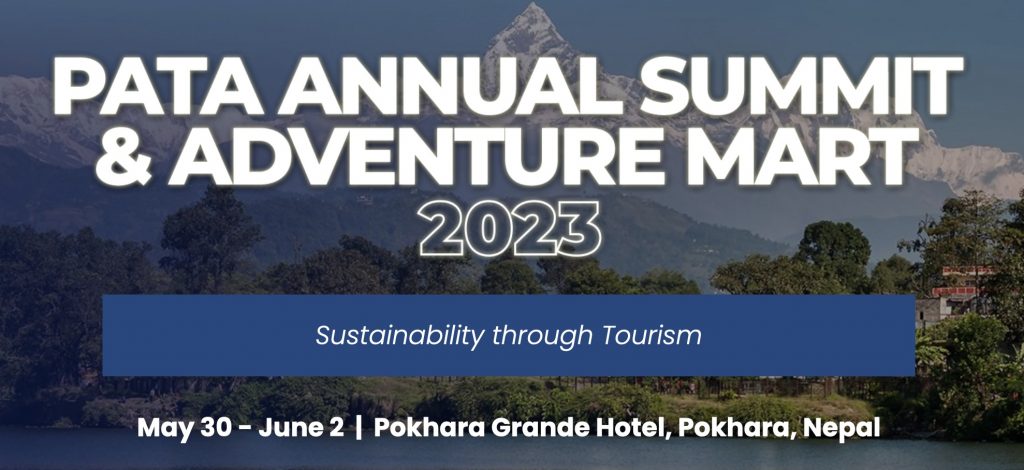
On 29 May, just one day before the Mart opened, two news items were released, quite by coincidence, which undermined the credibility of the PATA Adventure Mart, the Nepal travel industry and the global travel industry at large.
The first one was this item, which reported on a film that has been made to help raise awareness and support for the important cause of keeping Mount Everest free from waste. It said that this waste amounts to 200 tons a year, which works out to 0.54 tons a day. Click here to read the full release.
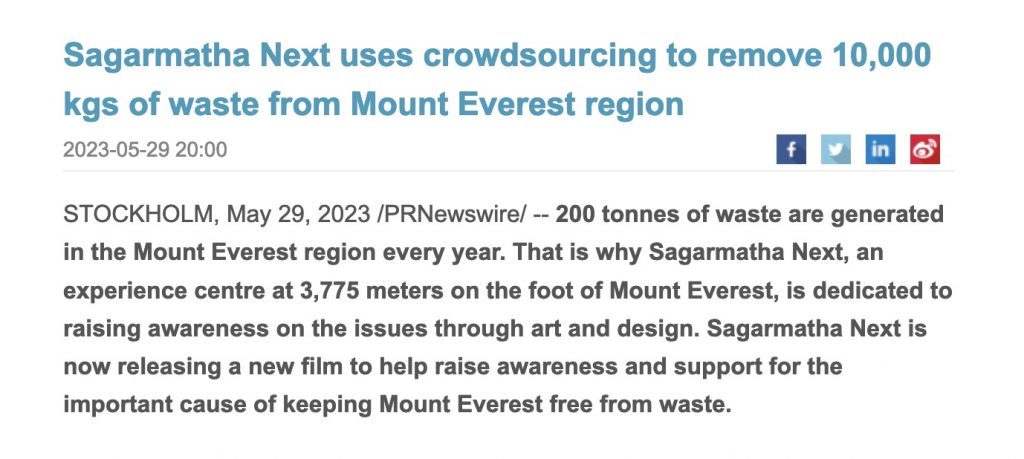
The second item was a report by Reuters about this amazing sherpa who has ascended Everest 28 times but is now looking to leave Nepal because he says there is no future there. He wants to move with his family to the United States. Click here to read the full story.
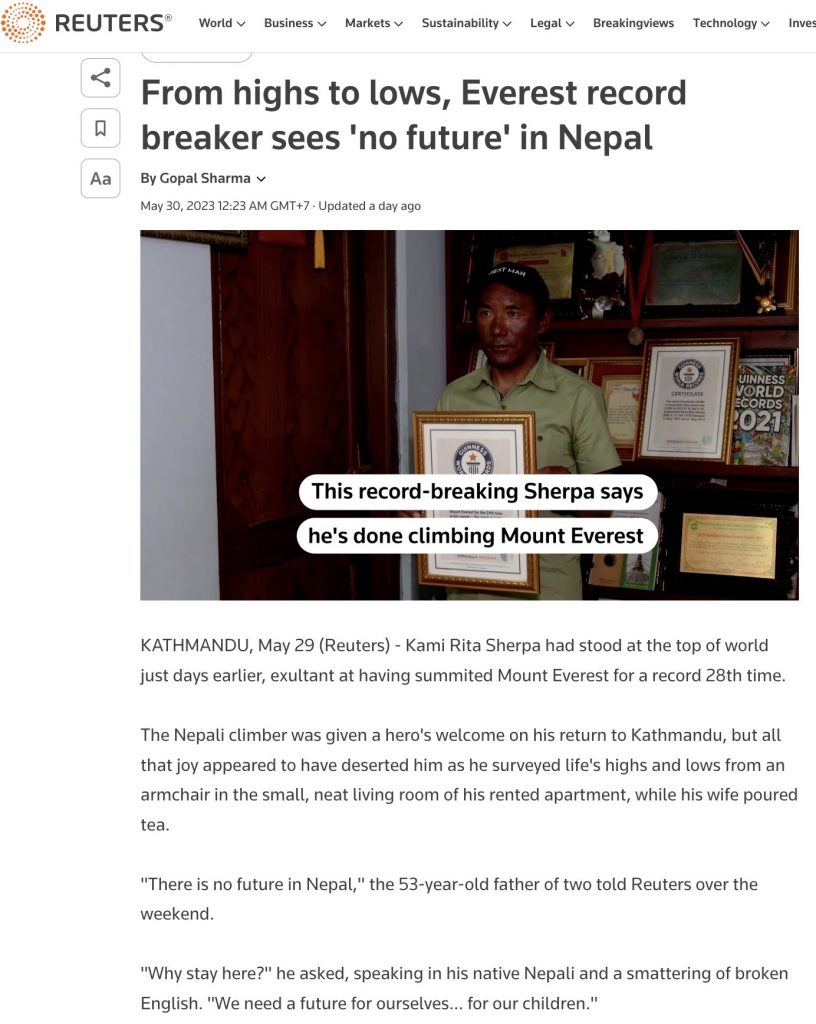
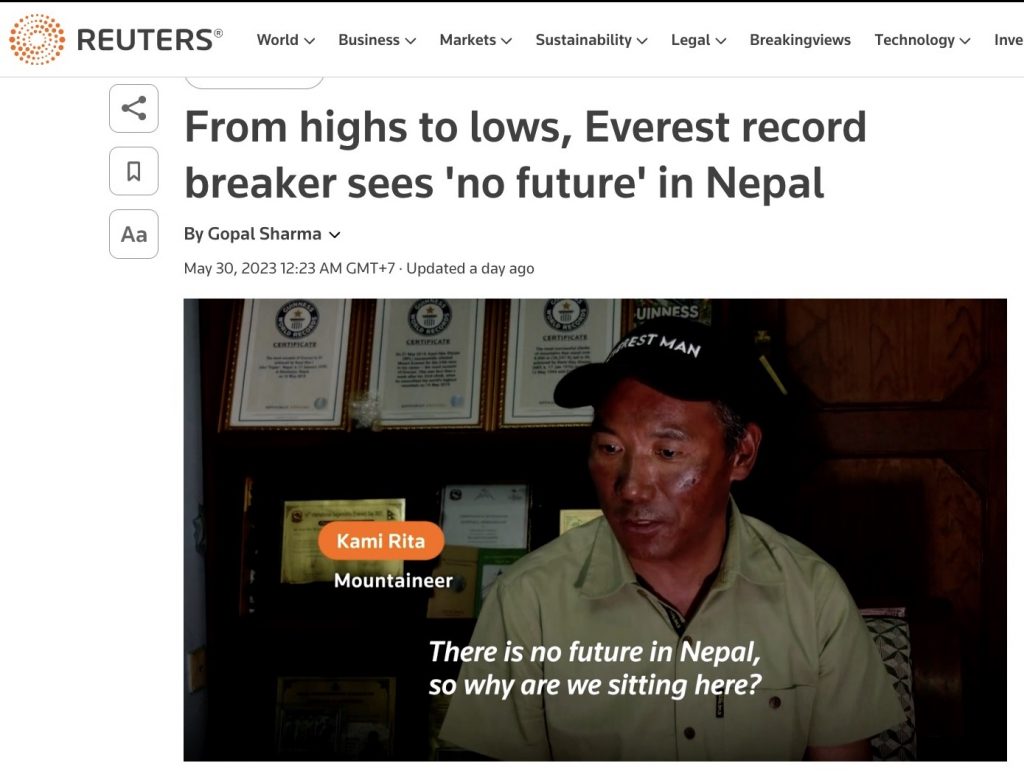
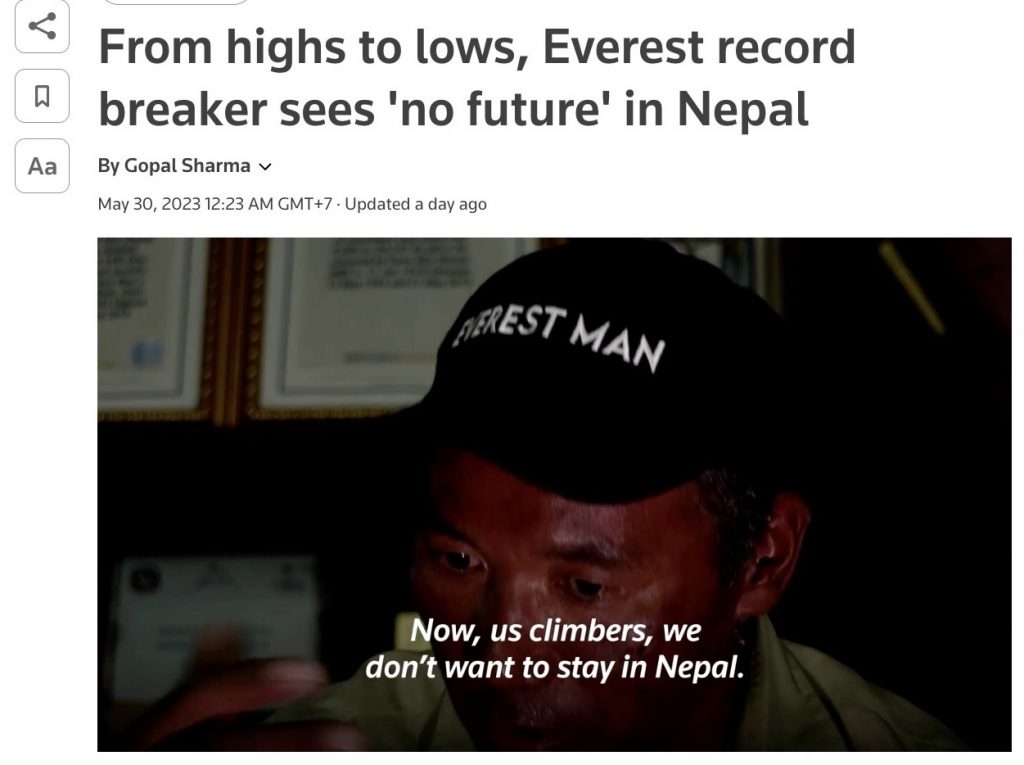
In 1983, exactly 40 years ago, I covered the third PATA Tourism and Heritage Conservation conference where the keynote speaker, Sir Edmund Hillary, the co-conqueror (along with the Nepalese climber Tenzing Norgay) of Mount Everest spoke passionately about exactly the same issues — the poor living conditions of the sherpas and the “world’s highest garbage trail.” My story on this appeared in the Asian Wall Street Journal in January 1984.
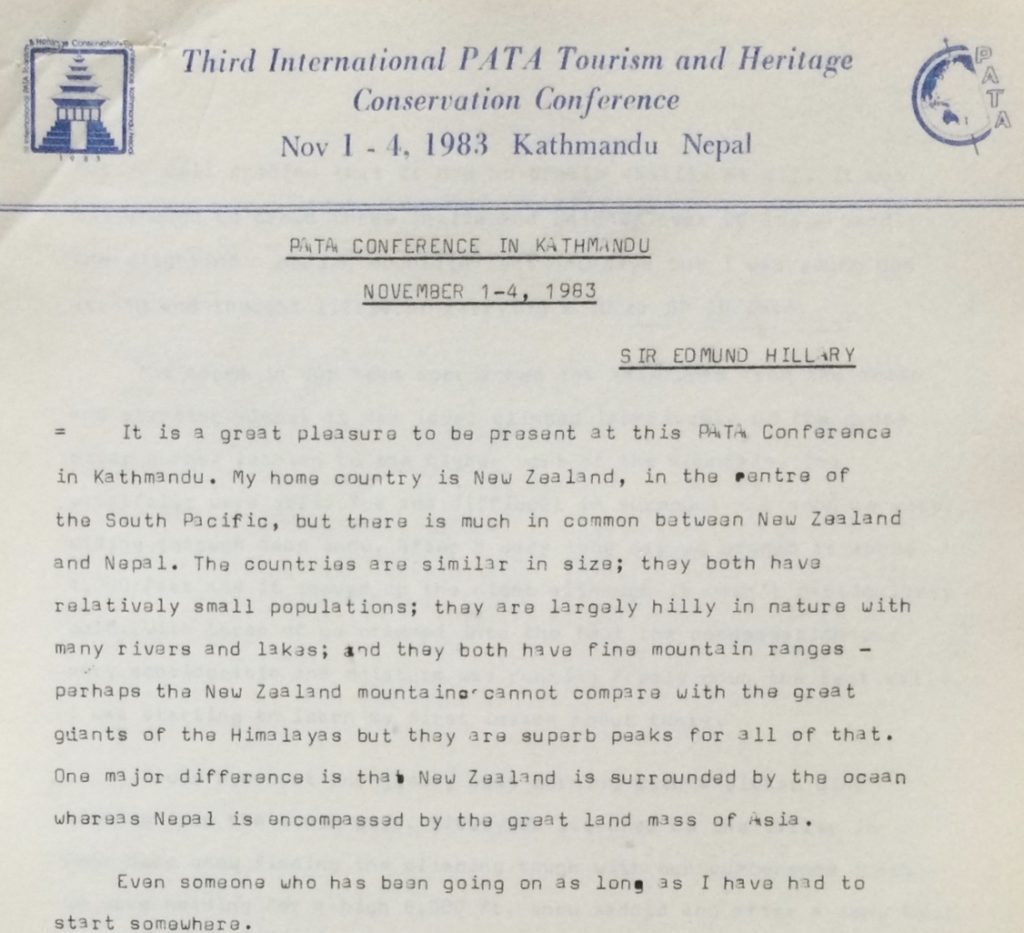
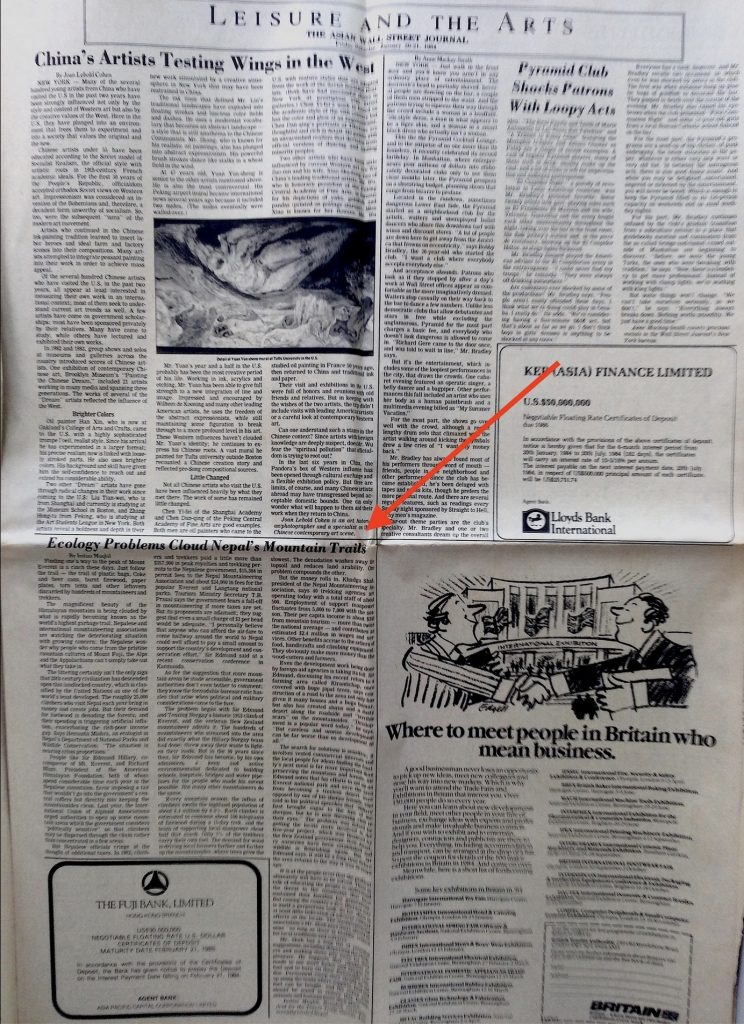
So, the question for the “international thought leaders, industry shapers and senior decision-makers” at the PATA Adventure Travel Mart and AGM, is this: What exactly has been achieved over 40 years? Would it be fair to say that the Nepalese travel industry has failed to walk the talk?
Incidentally, May 29 marked the 70th anniversary of the first triumphant ascent of Mount Everest by Sir Edmund and Tenzing Norgay.
The travel industry at large, not just in PATA or Nepal, claims to be “responsible and sustainable”. It also claims to be a passionate believer in the fundamental objective of tourism, that prosperity must benefit “the local people.”
Obviously both claims are facing a trial by fire.
This failure applies to destinations everywhere, particularly the low-income countries. Tour operators, travel agents, hotels, OTAs, transportation companies and other suppliers of numerous products and services make a lot of money. The low-income sherpas who haul up all the heavy equipment critical to the survival of the high-income climbers get the crumbs. The level of waste generated far exceeds the amount cleaned up.
As I read both stories very carefully, several questions crossed my mind:
How many conferences and forums have been held on “responsible and sustainable travel and tourism industry in the Asia Pacific region” over the last 50 years? What have they really achieved?
Why does the travel & tourism industry downplay the reality of the damage it causes? Why does it continue to sweep these realities under the carpet?
How many consultants, academics, marketing and branding gurus, bankers, aid-agency executives have been enriched by writing reports and organising workshops on how to solve these problems?
If PATA and the Nepal travel industry both agree that both stories are true, what do they plan to do about it?
Finally, will I face the usual barrage of personal attacks and criticism for even daring to raise the issue?



Liked this article? Share it!